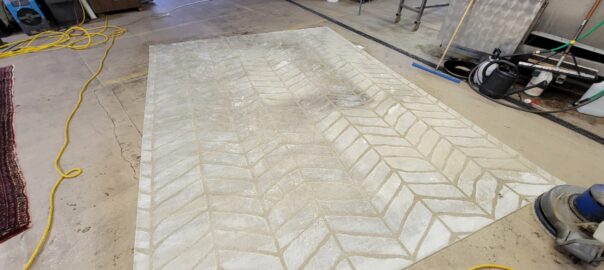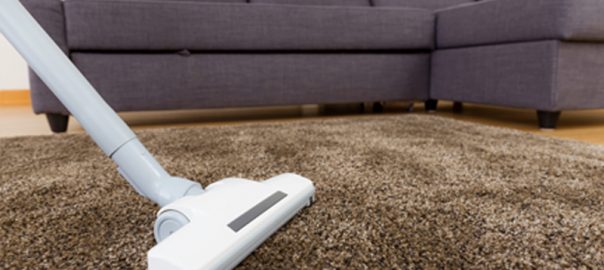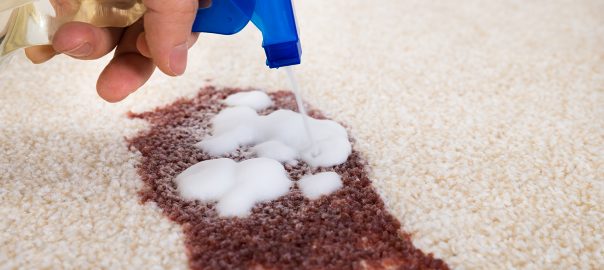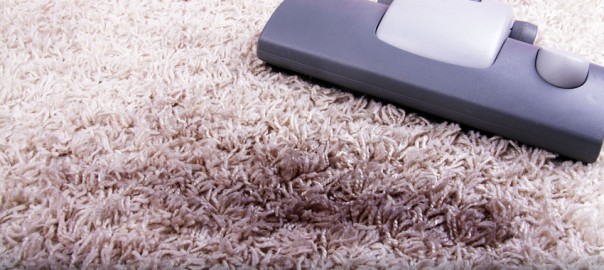In this blog entry, the professional NJ carpet and rug cleaning service team here at Aladdin Oriental Rug will detail why it’s essential for your health to have clean carpets and rugs in your house.
Tag Archives: Carpet Restoration

In this blog entry the professional New Jersey carpet and Oriental rug cleaning company here at Aladdin Oriental Rug will detail the best main benefits of professional carpet repair and restoration services.

In this blog entry, the professional NJ carpet cleaning service experts here at Aladdin Oriental Rug will detail the best ways to protect your carpet after it is professionally cleaned.

In this blog entry, the professional New Jersey oriental rug restoration service team here at Aladdin Oriental Rug will detail the best steps to take if your carpets or rugs experience water damage.

Cleaning carpets inside your home can take a lot of time, but it’s a necessary activity in terms of keeping them in top shape. Consider your carpets and floors an investment; it’s important to be aware of common mistakes that people make when they’re cleaning their carpets and rugs. Here’s the most common mistakes people make when cleaning their carpets, as prepared by the professional TriState area carpet cleaning service experts at Aladdin Oriental Rug.

Dirt vacuum cleaners often miss lots of dirt. This is why if you want to prevent a dirty house, the NJ carpet cleaning service experts here at Aladdin Oriental rug agree that you should lessen the amount of dirt that gets on carpets to begin with by making a no-shoes rule, or by putting doormats by every entrance to a room with a rug. Frequent vacuuming is the best way to prevent embedded dirt, however if a rug is already dirty, the best way to clean it is to roll it up and give it to a professional carpet and rug cleaning service in NJ, as professional steam cleaning often works the best. However, if you make a quick stain, you might want to address it as soon as possible. Here’s some fantastic spot-cleaning tips:
Sometimes rugs are improperly stored and end up becoming a meal for bugs. This can even happen to rugs sitting on a floor for years without being moved. Carpet beetles and moths regularly make full meals out of undisturbed areas. Sometimes, however, light bug infestation can be remedied, and the carpet or rug can be restored. Here’s Aladdin’s tips to protect rugs from being eaten by insects.
While rugs are in storage
If you’re putting a rug in storage, here’s how to properly take care of it to protect it from bugs.
Wash it
Washing will remove any bugs that may have stuck onto the rug, while also removing any impacted contaminants or dirt – that can also eventually dry out the cotton foundations of the rug, and potentially cause dry rot. You can usually tell if a rug has dry rot based on if it cracks when you roll it up. Dry rot can also be caused by improper washing out of any soap residue. Most professional rug washers will apply an insect repellent to the rug as a final step to washing.
Rolling up and Wrapping
We don’t recommend folding up rugs, as it stresses out their foundational fibers. It’s best to roll rugs tight from the bottom end first (when you pet the rug, if you’re going with the grain it will lead you to the bottom end.) We recommend rolling silk or older wool rugs with pile pointing outwards, and wrap in plastic for protection. If you’re rolling your rug with the pile inwards, wrap it in paper as opposed to plastic – but choose Tyvek paper rather than regular brown paper. NEVER WRAP WOOL WITH PLASTIC. Wool carries a lot of natural moisture, and wool wrapped in plastic can start “sweating” causing mildew.
Elevation
Make sure to keep rugs stored in high areas, far from the possibility of being affected by a flood. Never store heavy items in top of a rug, as the weight over time can cause extreme foundational damage to the rugs. Always check any rugs in storage on an annual basis to make sure that all packaging is securely intact. If the rug was truly professionally cleaned and had insect repellent placed on it, you can check up maybe once every two years, but you will need to reapply repellent every two to three years. Tyvek paper, however, can be rescued.
If your rug already has bugs
- If your rug has an infestation, inspect it far from any of your other rugs, to prevent them from spreading.
- Consider sending the rug to get fumigated by a licensed pest control facility.
- If the infestation is only in one area, cut out that area to make it smaller, but still usable.
- Measure the cost of any reconstruction versus a simple disposal and replacement of the rug.
- Rugs eat carpets from the inside out, so you never really know how much damage was truly done.
- Bugs don’t like sunlight or air, which is why they hide in dark areas. If the rugs have very limited bug action, simply take it outside into direct sunlight and leave it there for a few hours (making sure both sides of the rug are directly exposed to the sun) and then brush it with a stiff bristle brush to remove any bugs or larvae.
- One action you can take is to place infested rugs inside an airtight plastic bag with a ton of mothballs, seal it, and leave it for a few weeks. When you reopen the bad, don’t breath any of the air coming from it, as the majority of mothball fumes are poisonous.
Dry rot is one of the worst things that can happen to a rug. Mildew, dry rot, and mold are all various stages and types of fungi – and while mildew and mold can sometimes be removed, dry rot cannot be countered. Dry rot causes the foundational fibers of rugs to deteriorate and fall apart, and ruining its structural integrity. Sometimes, if stopped early enough, mildew and mold can be stopped, and you can go through with carpet restoration. Here’s Aladdin’s guide to dry rot, mold, and mildew.
Causes of Dry Rot
Dry rot is caused by either too much or too little moisture. Floods, leaks, or evaporation through improper storage in plastic can cause it. Pets can also cause dry rot by urinating on rugs. Buildup of residue from cleaning products can dry up rugs and cause dry rot, as well as any sort of peroxide or bleach.
How to spot dry rot
First of all, look for any color discoloration, especially areas with bluish mold. If there’s sources of water near rugs, look for any problems near that area of the rug. Common culprits are plants, water coolers, or ceiling leaks. Once mold reaches the inner foundational fibers of a rug, it’s pretty much impossible to remove it. If an area of a rug is stiff, or cracks when you bend it, or gives you a hard wood like knocking sound when you hit it with your knuckles, you’re dealing with dry rot.
Antique rug fibers can become brittle over time, and should not just be bent to check up on dry rot. With these rugs, look for any signs of moisture or spills. Common telltale signs are any splits or severe cracks across the borders of rugs.
Combatting Dry Rot
- First, take a picture of any signs of dry rot to show to a rug or carpet professional.
- If there’s any mildew or mold on the rug, use disinfection or sanitization solutions to combat it. If there’s dry rot involved, you can lessen the cracking and stiffness with petroleum or denatured alcohol.
- Some keratin products can add levels of suppleness or sheen to rug fibers, that get built up over time, but requires lots of continued use for a true effect. These solutions can make an antique rug look amazing, when it’s truly not in great condition – so when you’re purchasing rugs keep this in mind, and allow a licensed appraiser to inspect it.
-
Aladdin Oriental Rug Services
Allergies
allergies and carpets
Autumn Color Tones
Carpet Cleaning
Carpet Cleaning Mistakes
carpet cleaning nj
Carpet Cleaning Tips
Carpet History
Carpet Restoration
Carpet Stain
carpet stain removal
Carpet Stains
Carpet Tips
Carpet Treatment
Causes of Water Damage
Modern Rug
new jersey carpet cleaning
new jersey rug cleaning
NJ carpet cleanings
Oil Stains
Oriental Carpet Cleaning
Oriental Rug
Oriental Rug Restoration
persian rug cleaningnj
Persian Rugs
Professional Grade Vacuums
Professional Rug Cleaning
rug and water damage
Rug Cleaning
rug cleaning nj
Rug Color
Rug Dying
Rug Preservation
Rug Repair
Rug Restoration
Rugs
Rug Stain
Rug Tips
Rug Treatment
Stain Remedies
Stain Removal
Stains
Water Damage
water damage rug restoration

